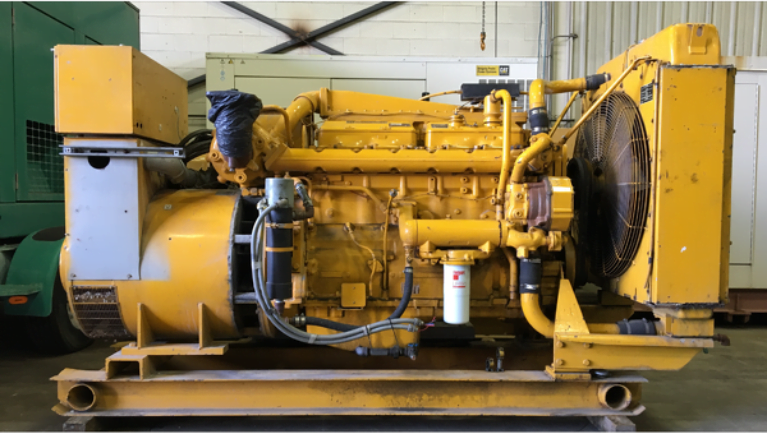Any discussion regarding generator safety precautions usually revolves around cable runs and wiring, unfortunately, there are bigger dangers from generators apart from the cables. In industrial settings diesel generators are generally installed at a remote location usually because of the deafening noise, away from workers and other personnel, therefore exhaust and safety concerns are taken care of.
However, the installation of home generators inside the premises making it a health hazard for people around.
Diesel Generator Carbon Monoxide Deaths
Home generators expose users to a distinct danger of inhalation of poisonous gases. Generators produce two components during fuel ignition – carbon monoxide (CO) and carbon dioxide (CO2). CO is odorless, tasteless and transparent, neither can we see it. It binds to the hemoglobin blocking the uptake of oxygen. Inhaling this gas, victim can suffocate. Fetal hemoglobin is highly susceptible to CO poisoning and readily binds to CO, reducing the oxygen to the brain leading to disabilities in newborn babies. The central nervous system is very vulnerable to CO and long-term exposure can permanently destroy vital organs like the heart, brain, central nervous system and cause long-term effects of the metabolism of an organism.
Those who suffer cardiac-related diseases and pulmonary related disorders are sensitive to organ damage, long-term debilities, and possible death. Amnesia, loss of muscle and bladder control, memory loss, personality disorders, and impaired vision are the primary symptoms. Many effects are long term.
How much distance must be kept between the house and diesel generator?
- Under no circumstances install and run a used diesel generator for sale or even a new one, in a building or by the doors and windows. It is advisable to invest in a carbon monoxide meter. Avoid operating the generator in the garage.
- We recommend keeping generators at least 15 feet away from structures because CO is slightly lighter than air and easily intersperses with the air. During emergency events (hurricanes, flooding, and earthquakes) the incidents of CO poisoning due to space heaters and generators run indoors increase dramatically.
- Keep generators outdoors, away from window and doors and well vented to prevent CO from seepage into the home. Air comprises 78% nitrogen, oxygen 21%, and argon and about 1% trace elements and Carbon Dioxide (CO2) constitutes about 93.5% of those trace elements. Also, CO2 is heavier than air and is a major component of the photosynthesis process of plants, and at high concentrations is smells acidic. At 10% CO2 or more death, unconsciousness or convulsions are experienced. Rebreathers, submarines, and manned space vehicles have CO2 scrubbers to remove CO2 and reduce levels to a healthy percentage. Carbon dioxide is an asphyxia and blocks oxygen. It is a component in fire extinguishers. Just as fire and flame cannot exist without an oxidizer, neither can the body function without oxygen.
Enclosed Clean Diesel Generators
The twin gases CO and CO2 are the primary health concerns when burning fuels in heaters and engines. CO2 stimulates similar physiological responses from the body, but CO is the most common killer. CO levels rise much faster than CO2 levels representing they are primary health risking. Of course, other concerns are cords running through puddles, cord damage due to vehicular or pedestrian traffic. But in the US the primary killer is the toxic gas brothers, CO and CO2.
Central States Diesel Generators offers clean diesel generators for rent, lease or sale. Contact us to learn more about our safety recommendations and protocols.
Read Also About: How to Find Used Diesel Generators That Suit You Best?







